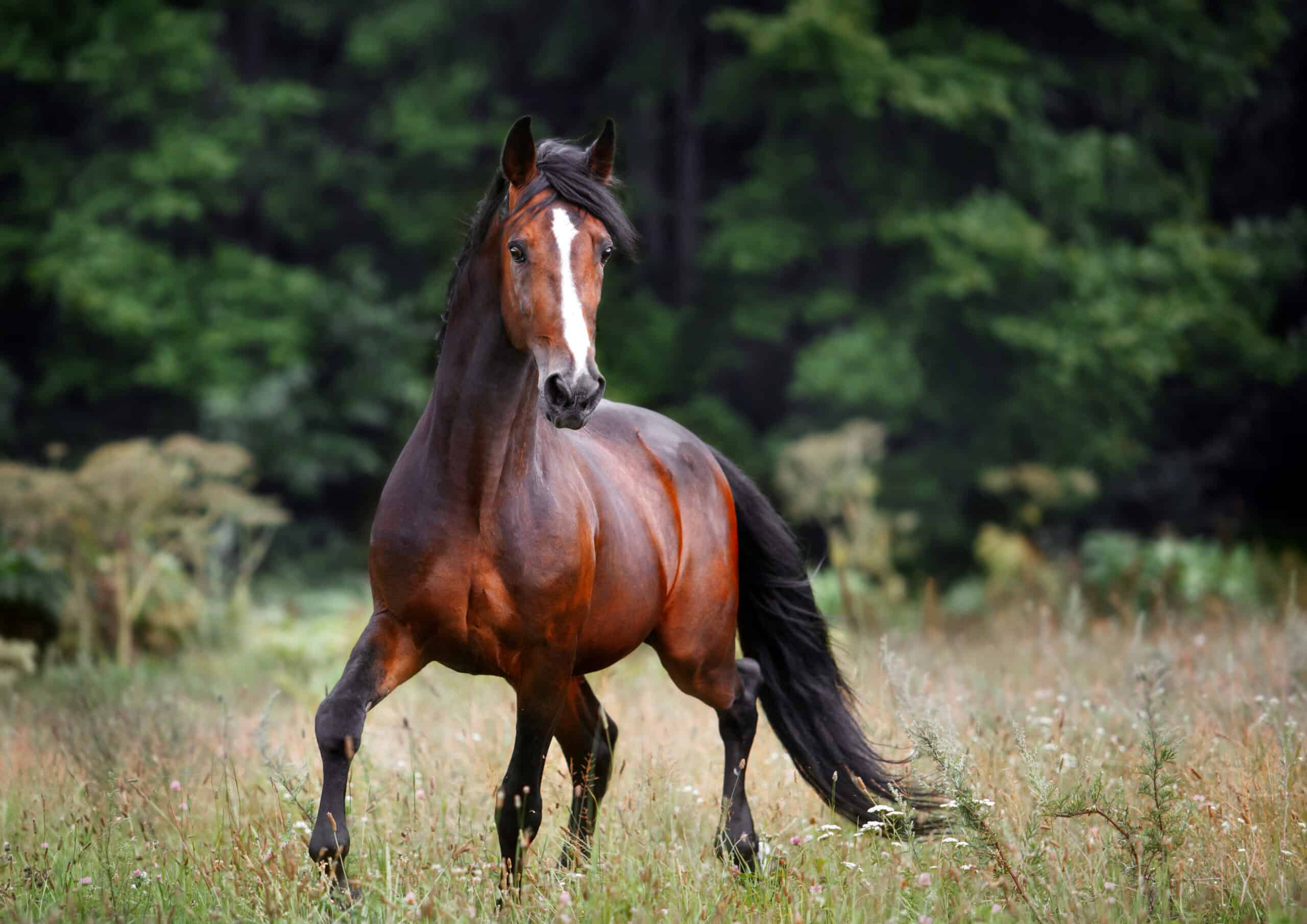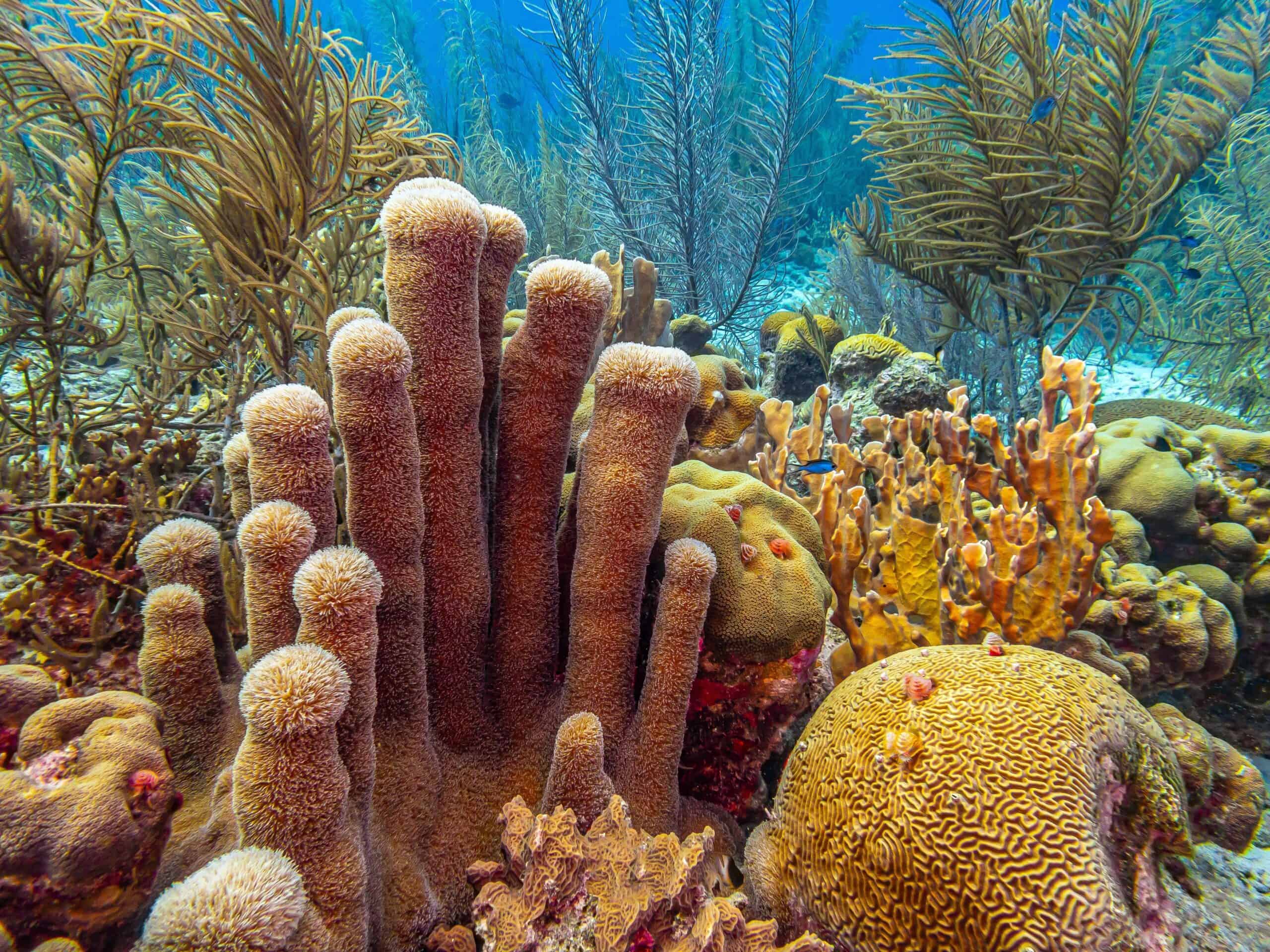Exploring the world’s most remote islands offers a rare opportunity to experience untouched natural beauty and unique cultures far from the bustling crowds. These isolated destinations, often accessible only by expensive and infrequent means, promise breathtaking landscapes, rich biodiversity, and fascinating histories. From the volcanic cliffs of Tristan da Cunha to the mysterious Moai of Easter Island, each island presents its own distinct allure. This list highlights 19 of the most remote islands in the world, detailing their unique features and the costs associated with visiting these secluded paradises.
Tristan da Cunha, South Atlantic Ocean
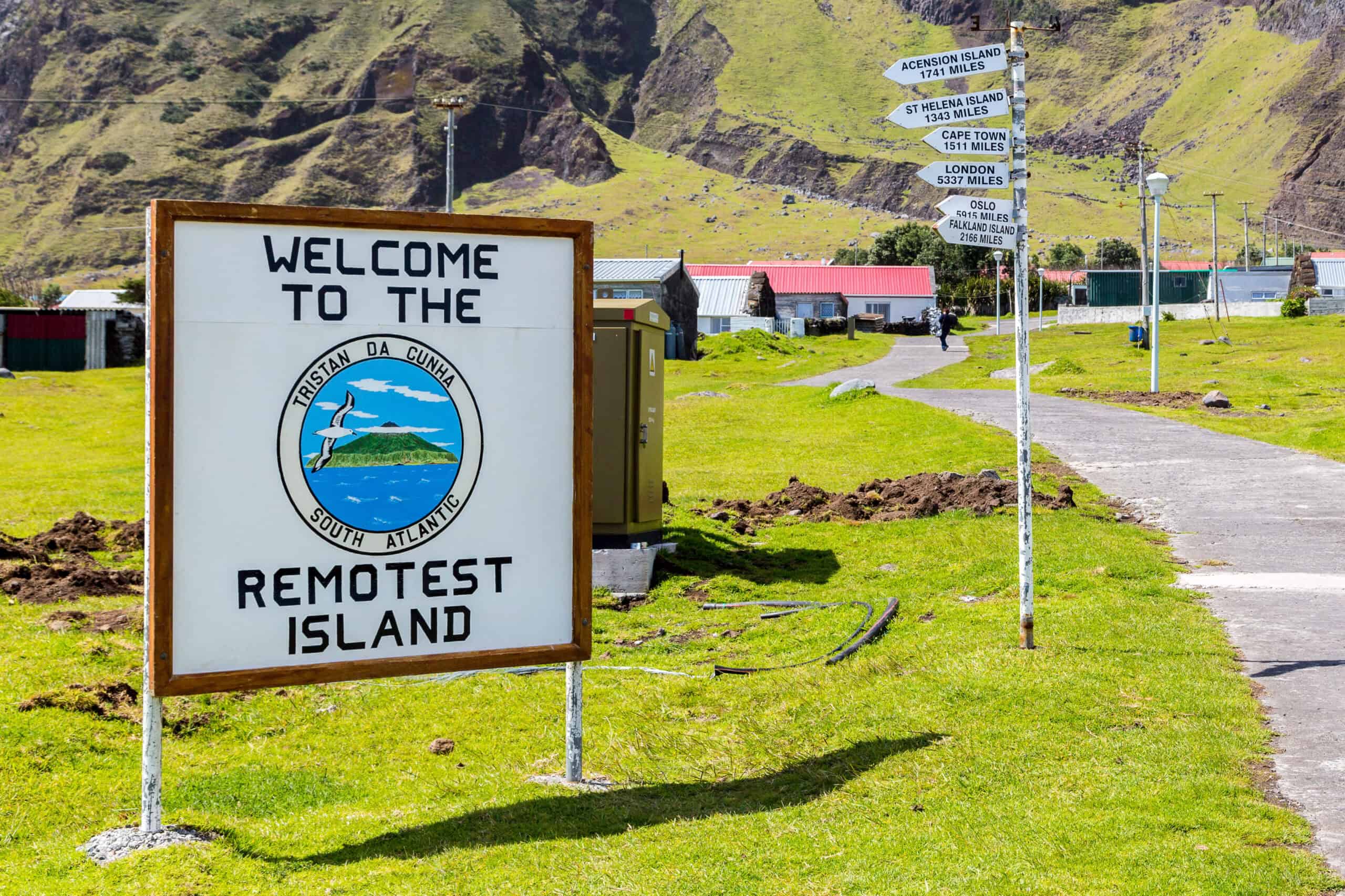
Tristan da Cunha, known as the world’s most remote inhabited island, lies in the South Atlantic Ocean. Its closest neighbor, Saint Helena, is 1,500 miles away. Discovered by Tristão da Cunha in 1506, it remains part of a British Overseas Territory. Visitors face a high cost of around $5,000 for a round trip from South Africa, not including accommodation. Despite the expense, the island’s volcanic cliffs and lush meadows offer breathtaking landscapes and a unique cultural experience.
Pitcairn Island, Pacific Ocean
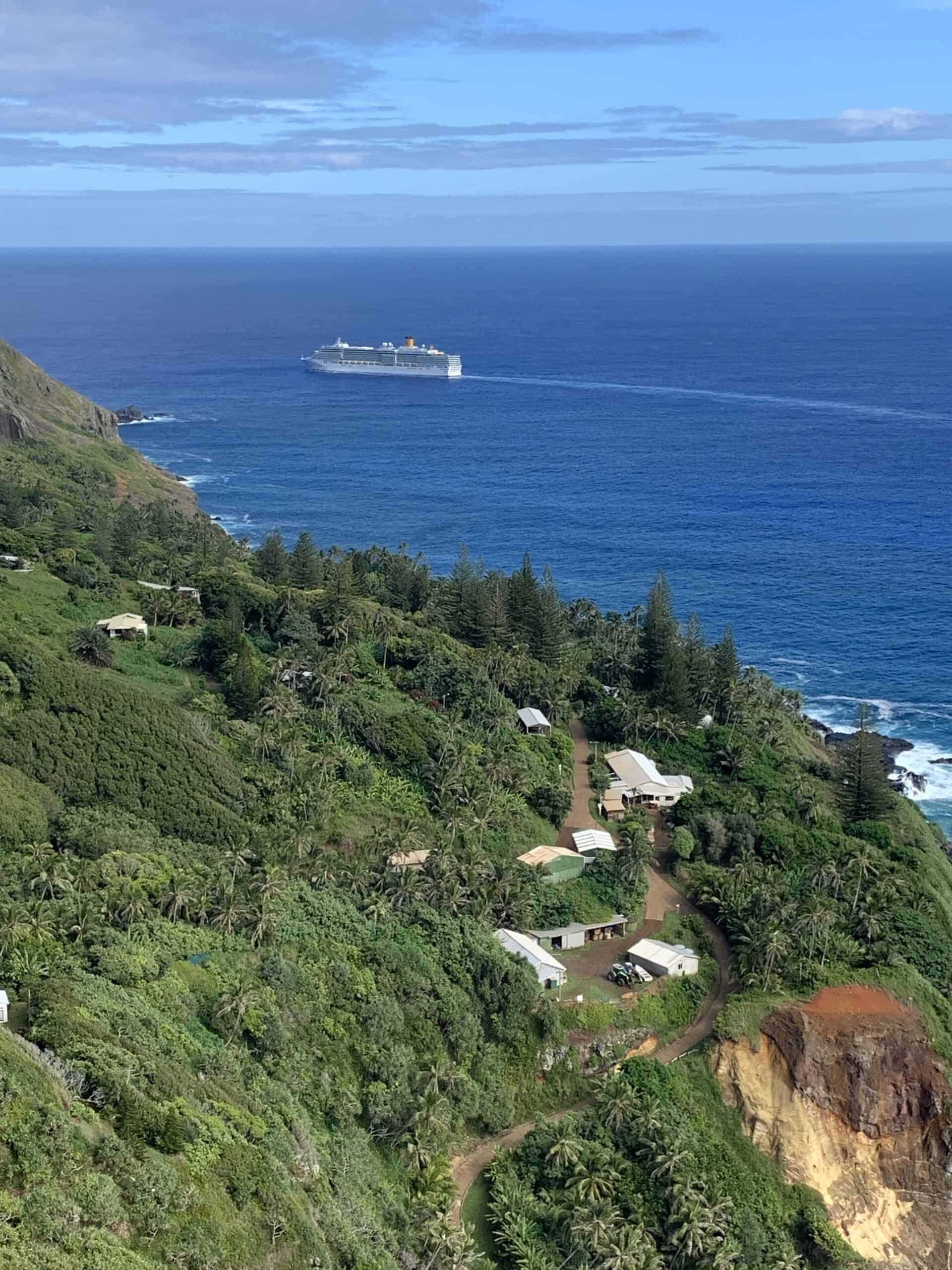
Pitcairn Island, famed as the home of the Bounty mutineers, is one of the most isolated places on Earth. Located more than 3,000 miles from any continent, it is home to just about 50 residents. Access is via a long sea journey, often costing over $2,000 from New Zealand. The island’s rugged beauty and intriguing history attract only the most dedicated travelers. The lack of amenities ensures an authentic, off-the-grid experience.
Socotra Island, Yemen
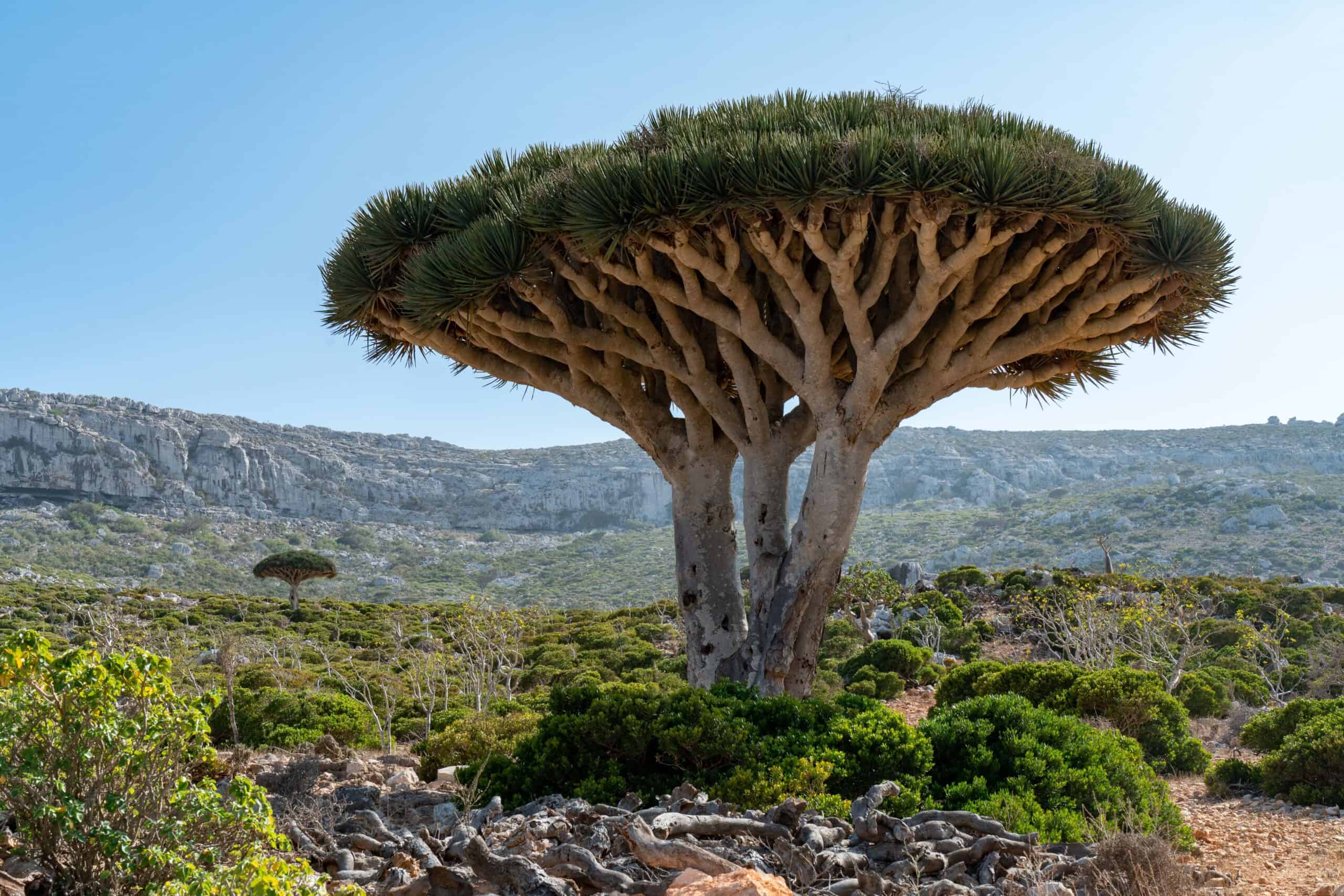
Socotra Island, part of Yemen, boasts a landscape that seems almost alien. Situated in the Arabian Sea, 240 miles off the coast of Yemen, it is known for its unique flora and fauna. Travel to Socotra can be expensive and complex, typically costing over $3,000 for flights from Europe. The island’s otherworldly Dragon’s Blood trees and pristine beaches offer a truly unique destination. However, political instability in the region can complicate travel plans.
Easter Island, Chile
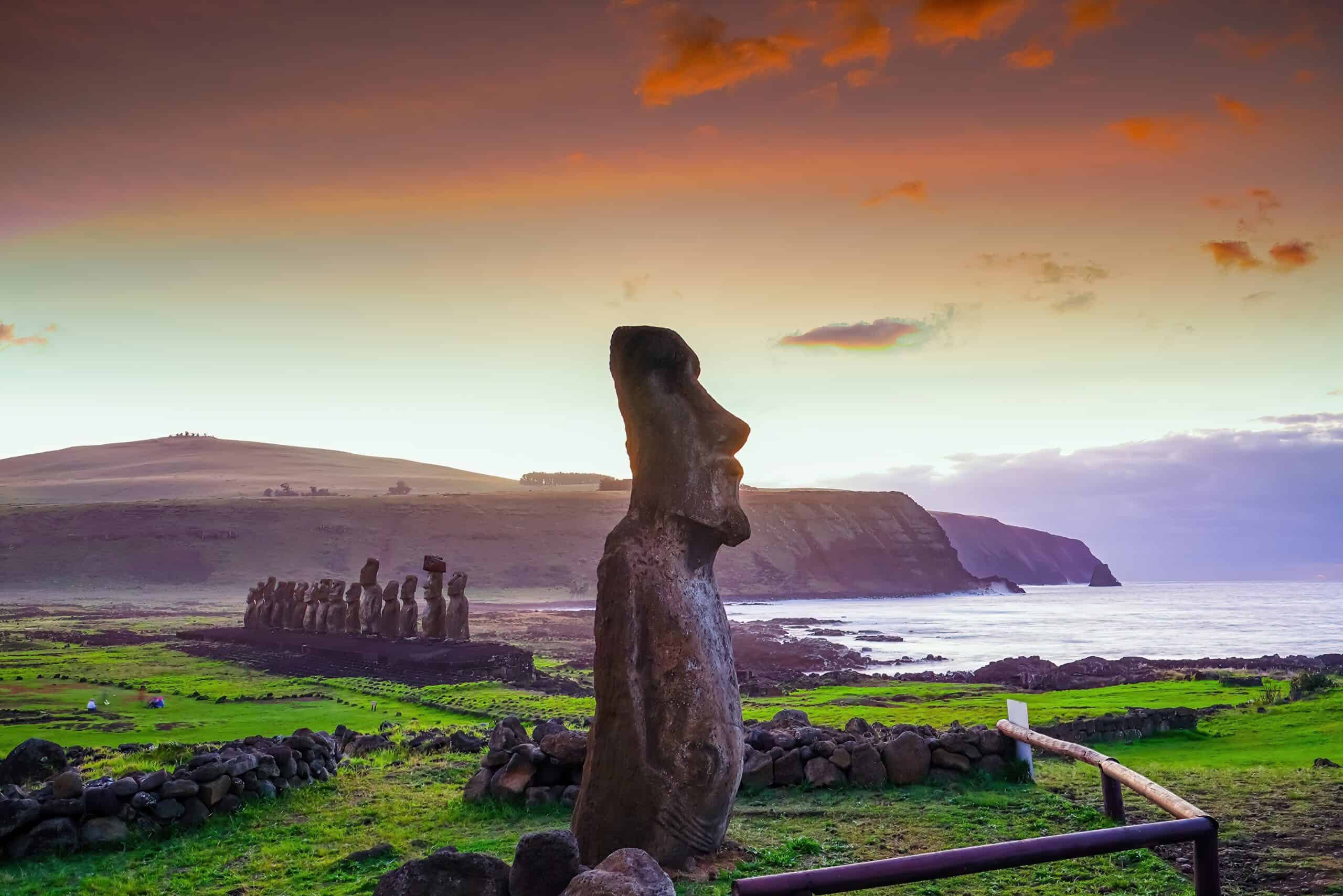
Easter Island, or Rapa Nui, is renowned for its mysterious Moai statues. Located 2,300 miles off the coast of Chile, it is one of the most remote inhabited islands in the world. Flights from Santiago can cost upwards of $1,500, with additional expenses for accommodation. The island’s rich archaeological heritage and stunning landscapes make it a fascinating destination. Visitors can explore ancient sites and enjoy the island’s cultural traditions.
Svalbard, Norway
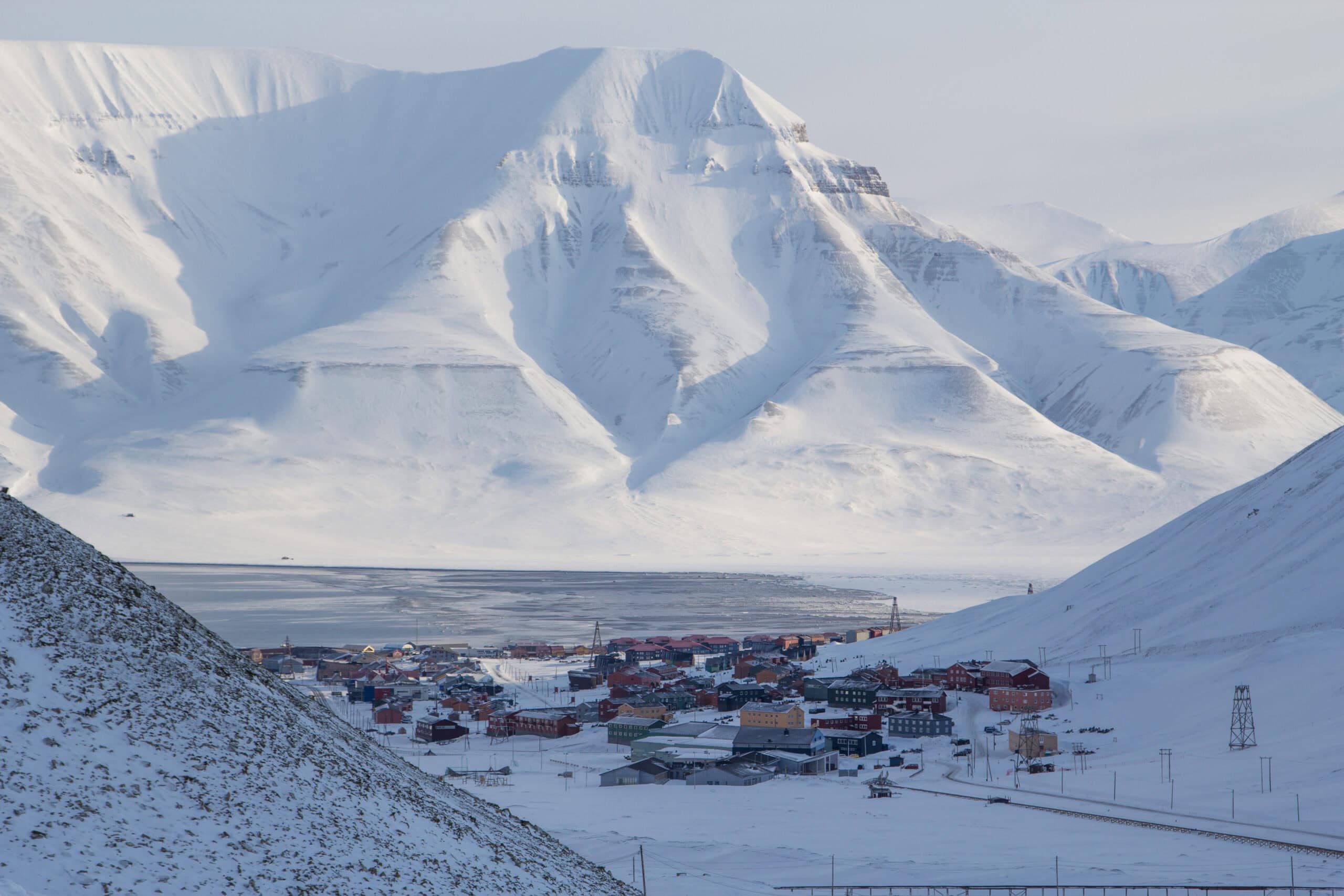
Svalbard, an archipelago in the Arctic Ocean, is known for its dramatic polar landscapes. Situated about halfway between Norway and the North Pole, it is incredibly remote. Flights to Longyearbyen, the main settlement, can cost around $1,000 from Oslo. The high cost of living and accommodation adds to the expense. Nonetheless, the opportunity to experience polar bears, glaciers, and the Northern Lights draws adventurous travelers.
South Georgia Island, South Atlantic Ocean
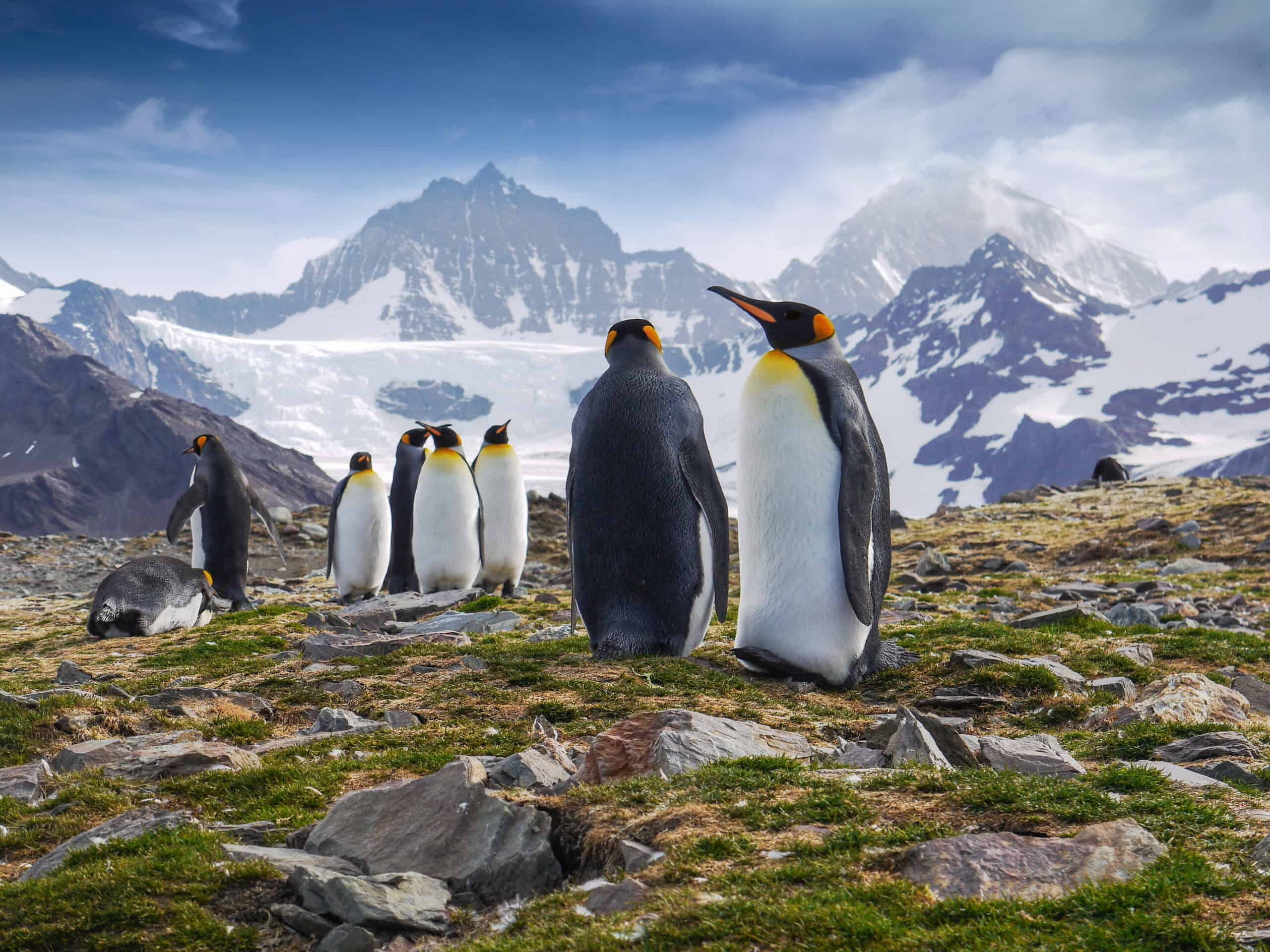
South Georgia Island, a British Overseas Territory, lies in the South Atlantic Ocean. It is 800 miles southeast of the Falkland Islands. Access is typically via expensive expedition cruises costing several thousand dollars. The island’s rugged terrain, teeming with wildlife like penguins and seals, offers a unique and remote experience. Historical sites related to Antarctic exploration add to its allure.
Kerguelen Islands, Indian Ocean
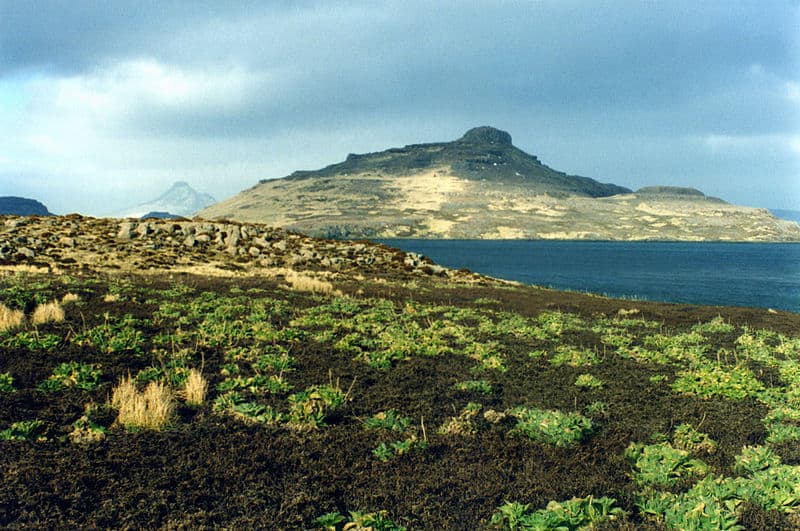
The Kerguelen Islands, also known as the Desolation Islands, are located in the southern Indian Ocean. They are more than 2,000 miles from any inhabited land. Access is via a research vessel from Réunion, with trips costing over $5,000. The islands’ barren, windswept landscapes and abundant wildlife make for an unforgettable adventure. The harsh environment ensures a truly isolated experience.
Cocos Island, Costa Rica
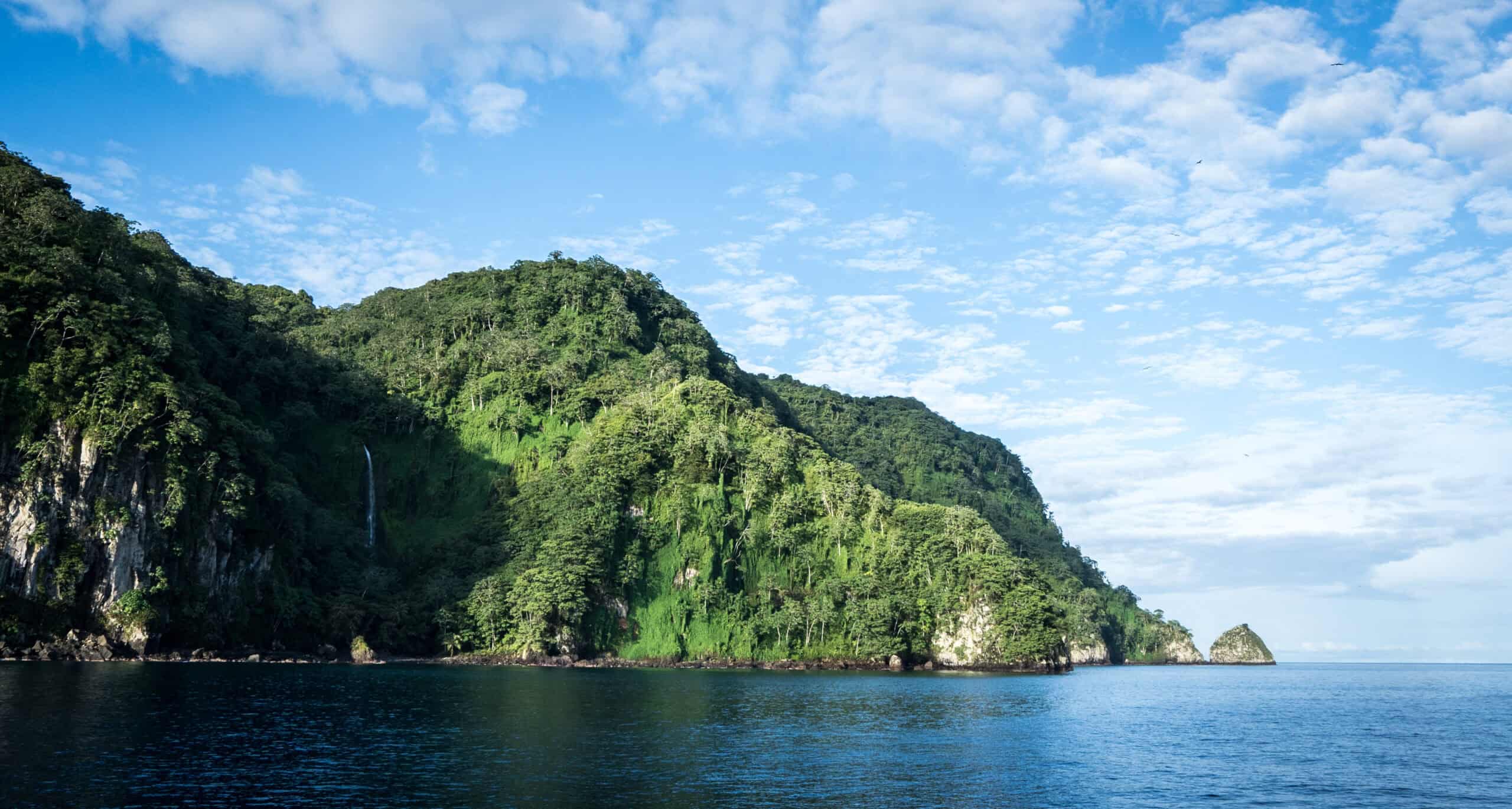
Cocos Island, a Costa Rican National Park, is located 340 miles off the Pacific coast. It is renowned for its biodiversity and marine life, particularly sharks. Access is limited to liveaboard diving boats, with trips costing around $5,000. The island’s rugged terrain and lush rainforest offer a stunning natural retreat. Its remote location ensures a pristine environment.
Bouvet Island, South Atlantic Ocean
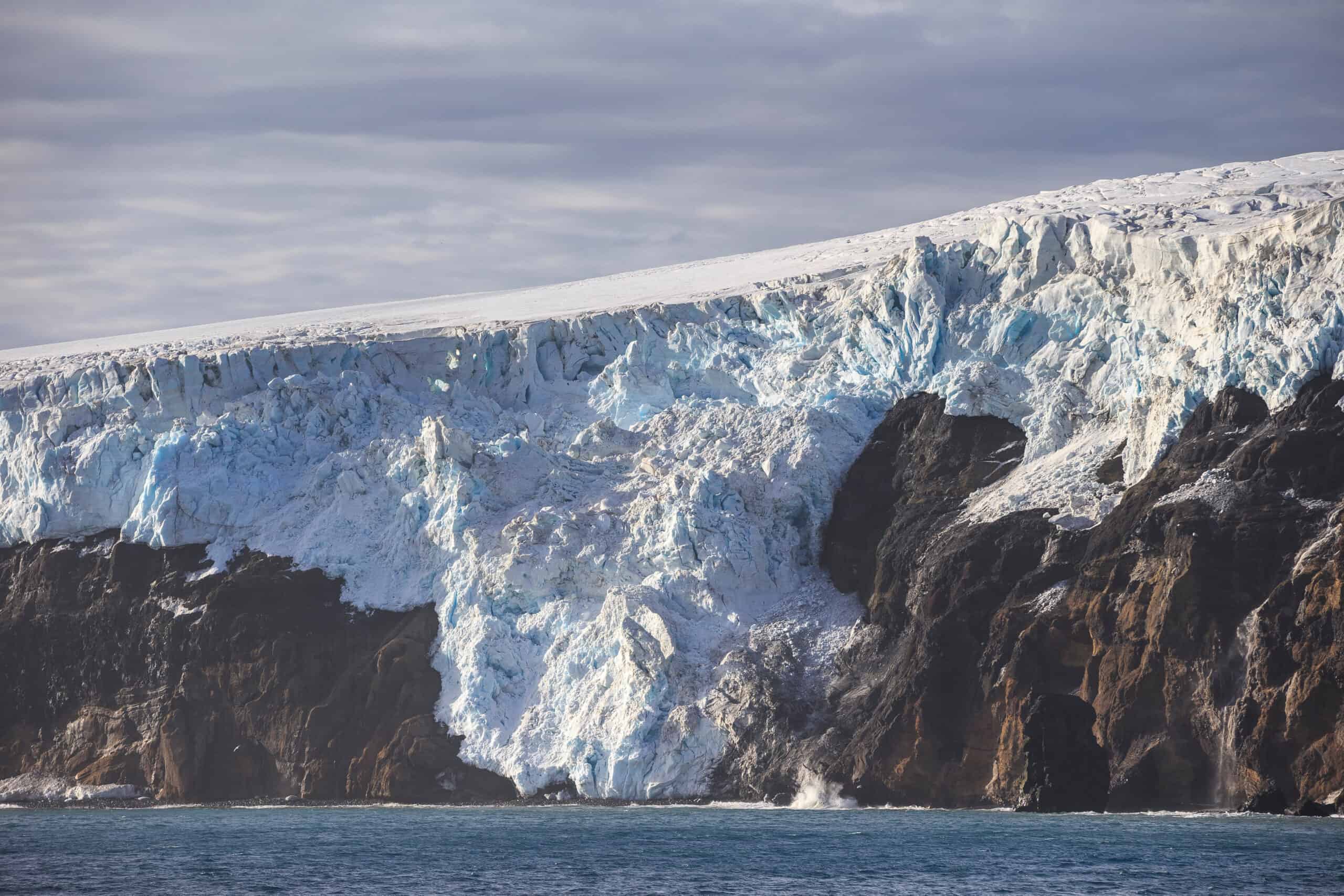
Bouvet Island, a Norwegian dependency, is situated in the South Atlantic Ocean. It is the most remote island in the world, more than 1,000 miles from any land. Access is rare and typically limited to research expeditions, costing tens of thousands of dollars. The island’s harsh climate and ice-covered terrain are inhospitable yet awe-inspiring. Its isolation makes it a significant site for scientific research.
Macquarie Island, Australia
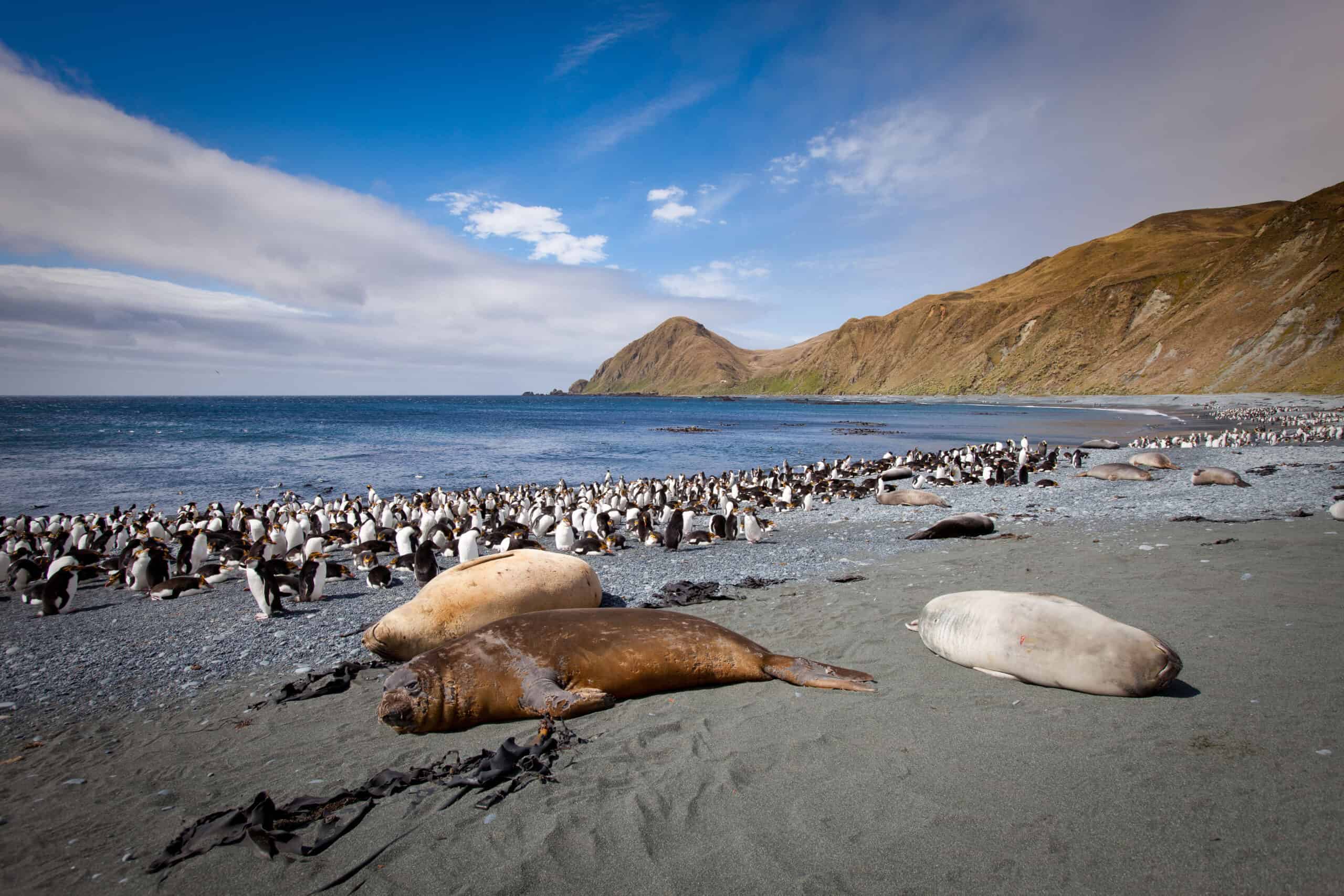
Macquarie Island, part of Australia, lies halfway between New Zealand and Antarctica. It is a UNESCO World Heritage site known for its unique geology and wildlife. Access is limited to expensive expedition cruises costing upwards of $10,000. The island’s remote location ensures minimal human impact, preserving its natural beauty. Visitors can witness vast colonies of penguins and seals in their natural habitat.
Saint Helena, South Atlantic Ocean
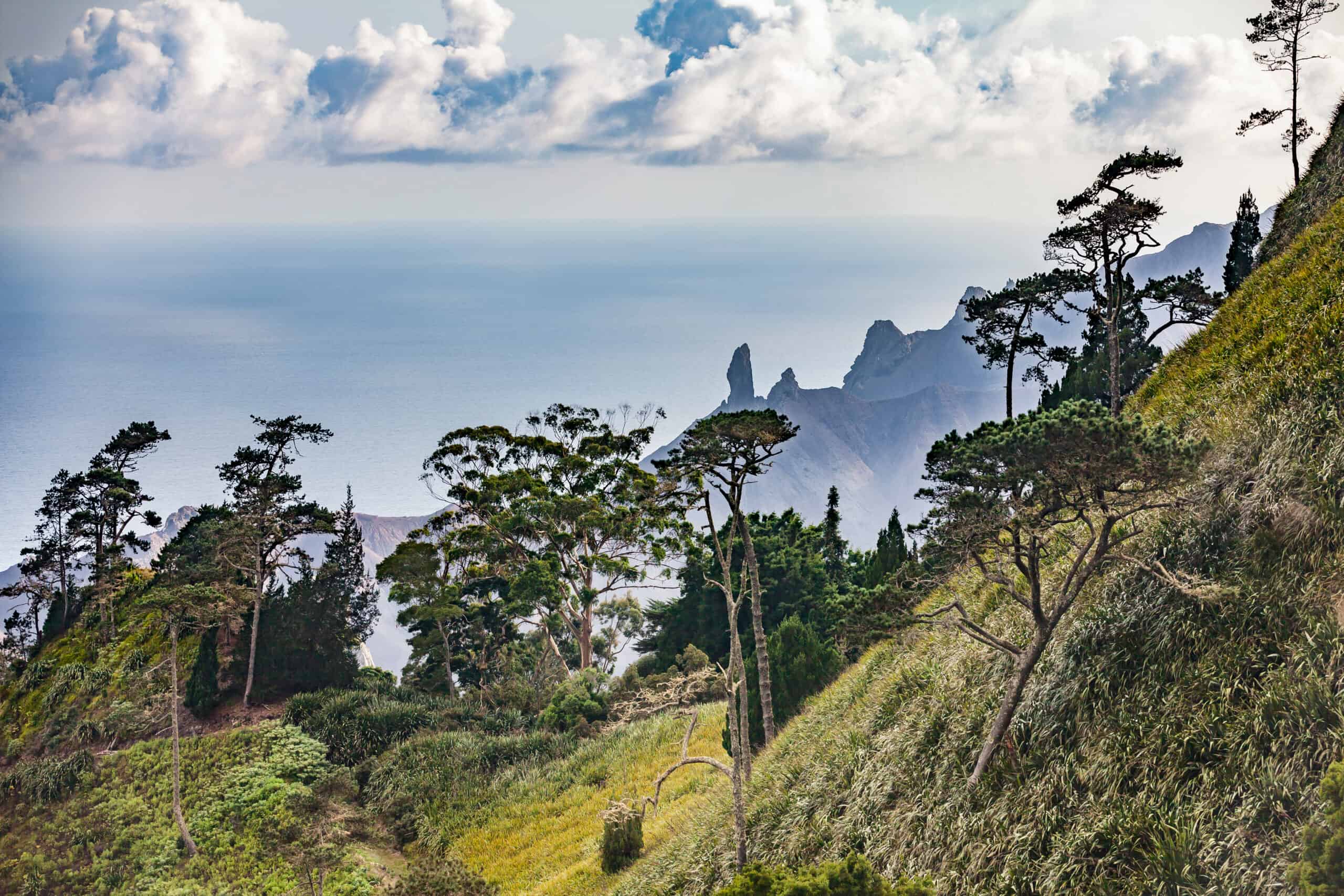
Saint Helena, a British Overseas Territory, is located in the South Atlantic Ocean, 1,200 miles from the African coast. It is best known as the place of Napoleon’s exile. Flights from Johannesburg to Saint Helena cost around $1,200, with additional accommodation expenses. The island’s rugged landscapes and historical sites offer a unique travel experience. Its remoteness ensures a tranquil environment.
Campbell Island, New Zealand
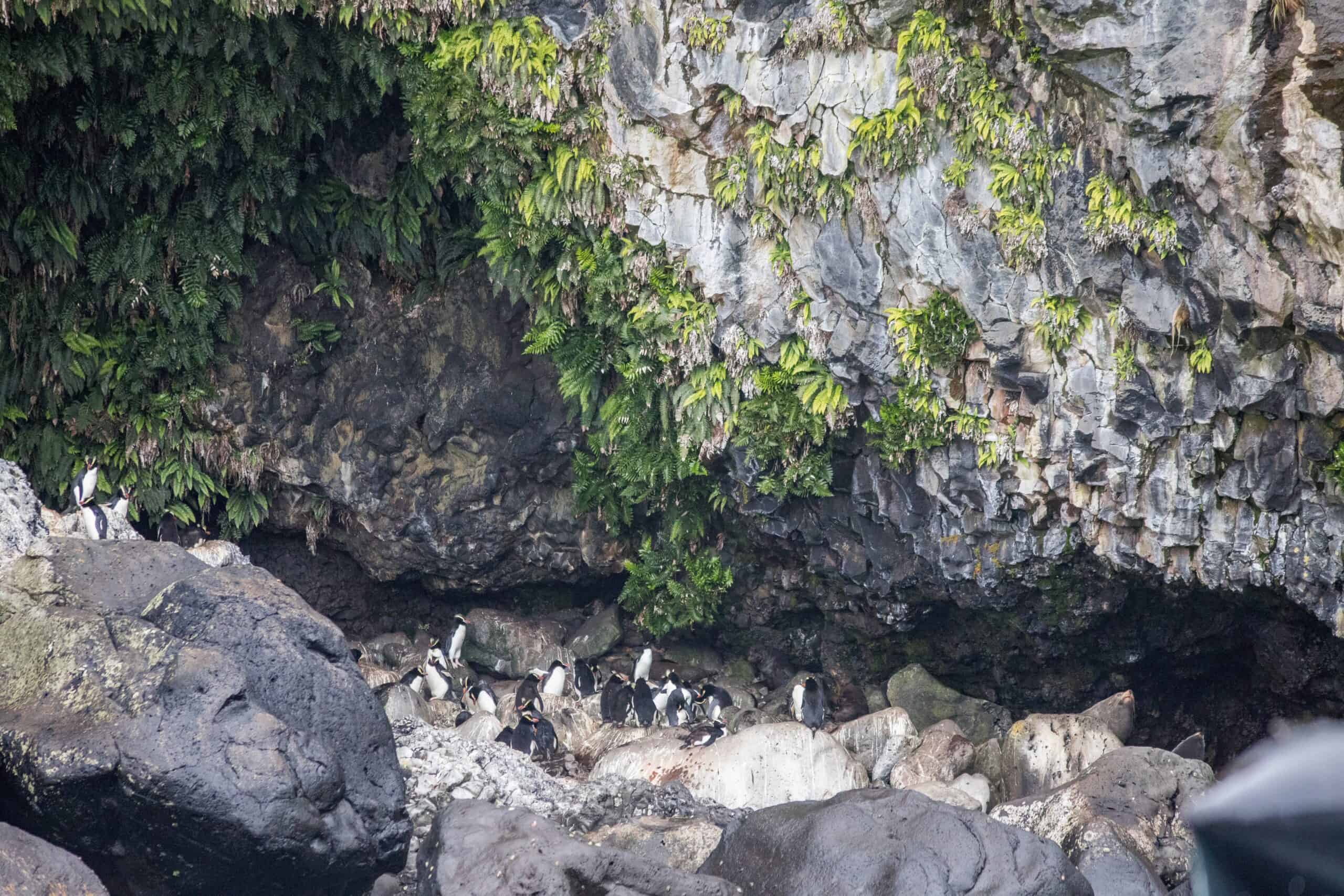
Campbell Island, part of New Zealand, is situated 400 miles south of the South Island. It is a UNESCO World Heritage site known for its rich biodiversity. Access is via expedition cruises costing several thousand dollars. The island’s rugged terrain and unique flora and fauna make it a fascinating destination. Its isolation ensures an untouched natural environment.
Diego Garcia, Indian Ocean
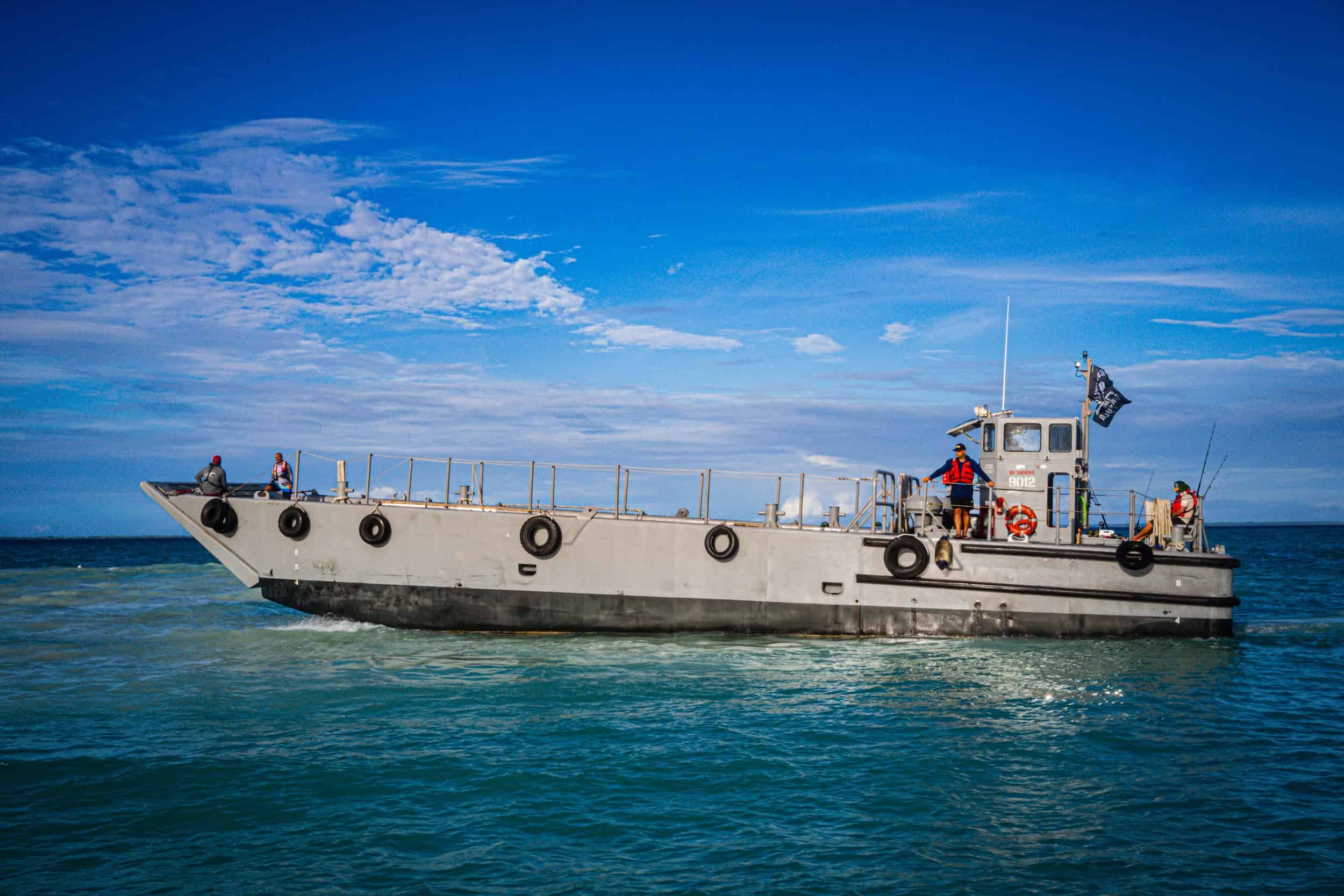
Diego Garcia, part of the British Indian Ocean Territory, is located in the central Indian Ocean. It serves as a military base and is not generally open to tourists. Access is restricted and typically limited to military personnel, with no commercial travel options. The island’s strategic location and pristine environment make it unique. Its isolation is strictly enforced, preserving its natural beauty.
Niue, South Pacific Ocean
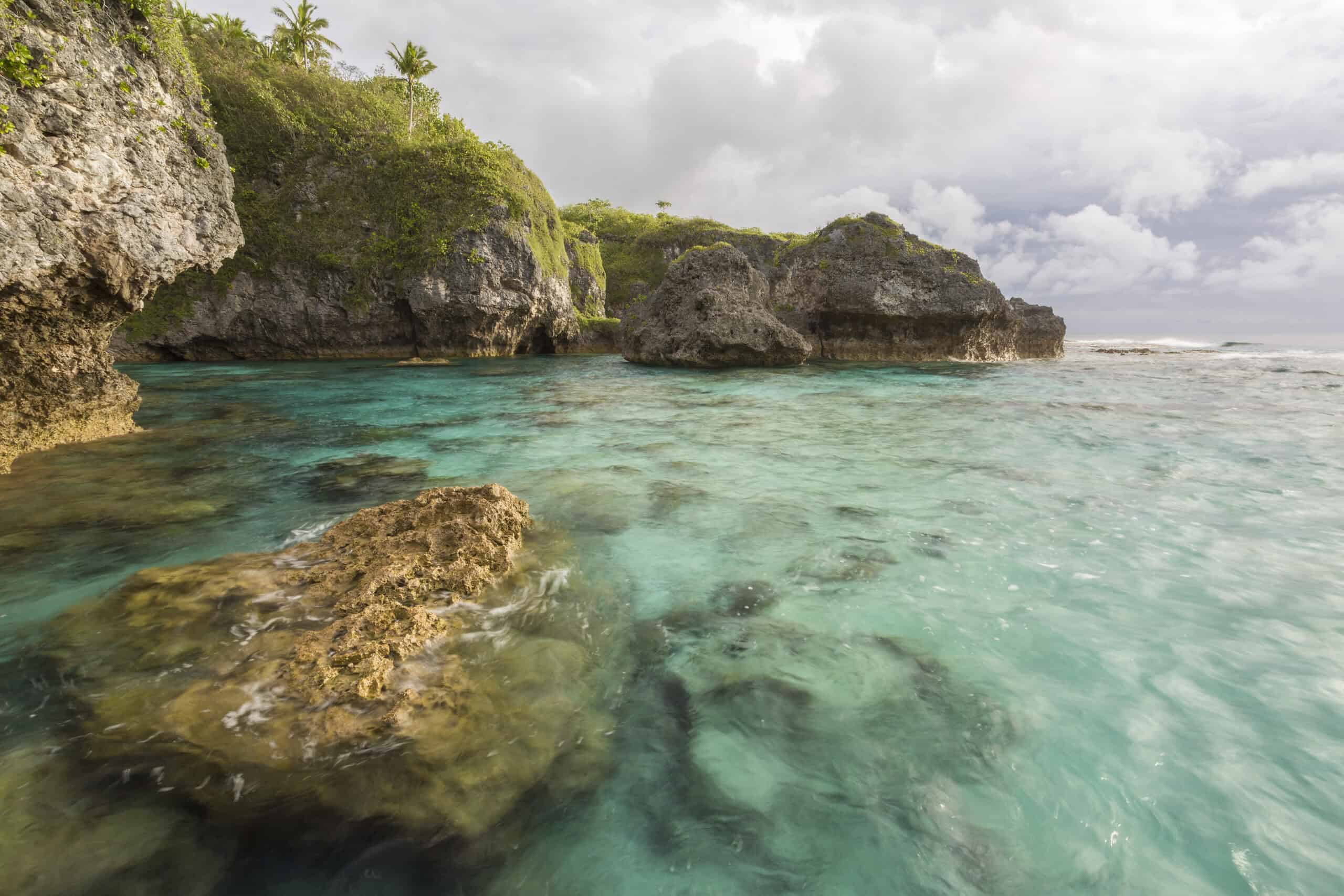
Niue, a small island nation in the South Pacific Ocean, lies 1,500 miles northeast of New Zealand. It is one of the world’s largest coral islands. Flights from Auckland to Niue cost around $500, with additional expenses for accommodation. The island’s crystal-clear waters and vibrant marine life make it a paradise for divers and snorkelers. Its remote location ensures a peaceful and unspoiled environment.
Palmyra Atoll, Pacific Ocean
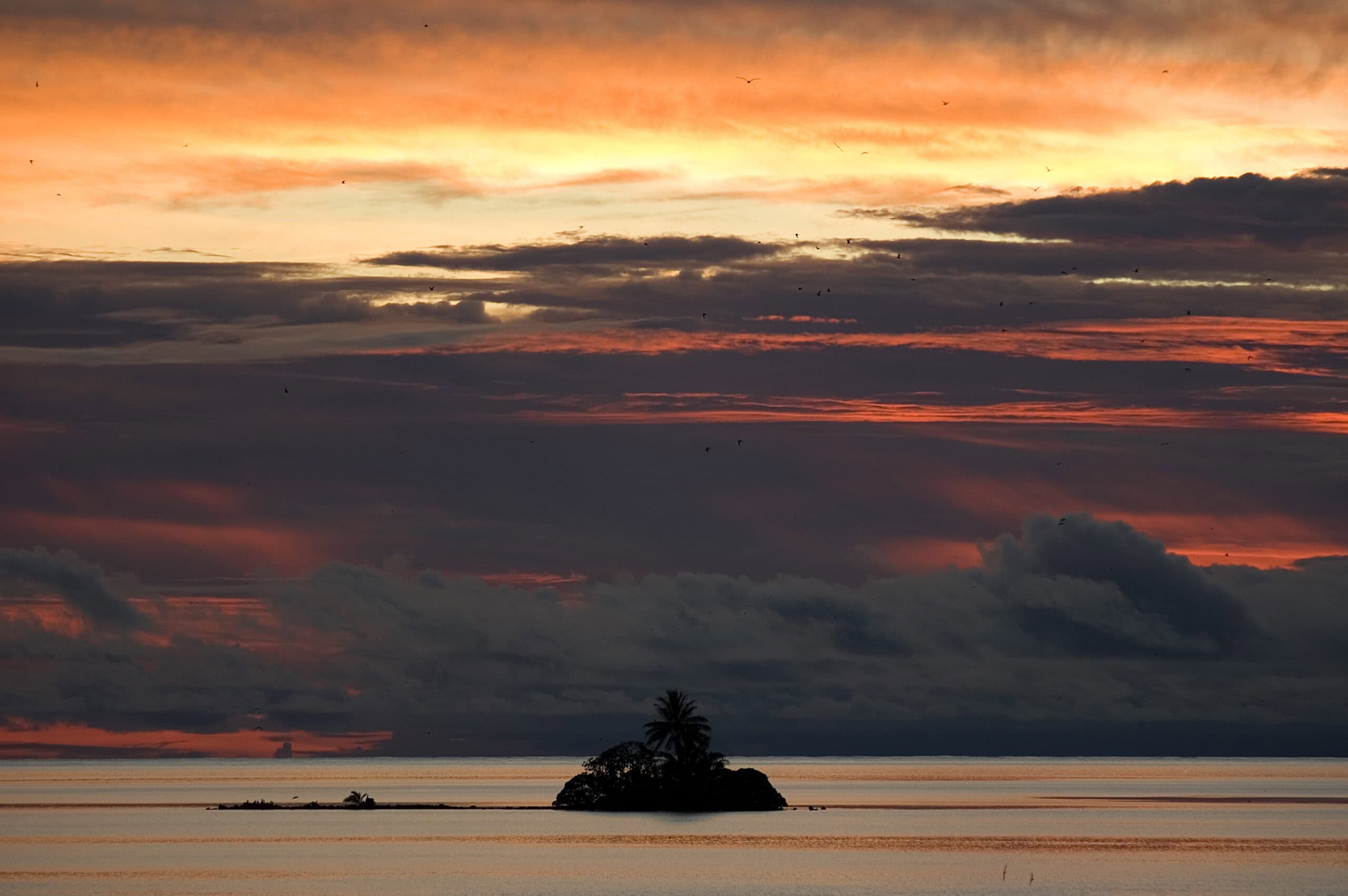
Palmyra Atoll, a U.S. territory, is located about halfway between Hawaii and American Samoa. It is a National Wildlife Refuge with restricted access. Travel to Palmyra typically involves special permits and chartered flights, costing several thousand dollars. The atoll’s untouched coral reefs and diverse wildlife offer a unique and pristine environment. Its isolation ensures minimal human impact.
Marion Island, South Indian Ocean
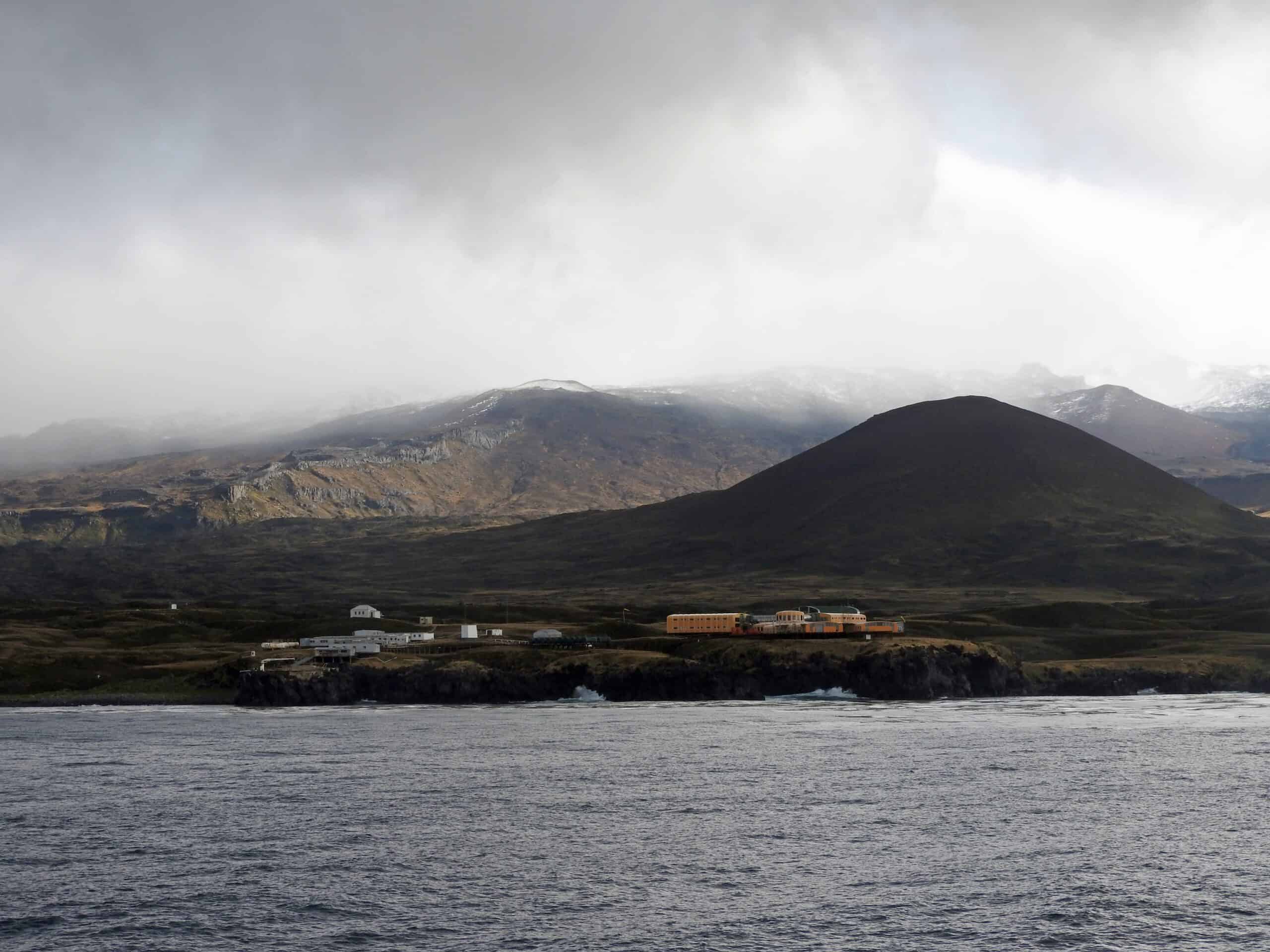
Marion Island, part of South Africa’s Prince Edward Islands, lies in the southern Indian Ocean. It is a research station with no permanent residents. Access is limited to research expeditions, costing tens of thousands of dollars. The island’s harsh climate and unique ecosystems make it a valuable scientific site. Its remote location ensures an untouched environment.
Chatham Islands, New Zealand
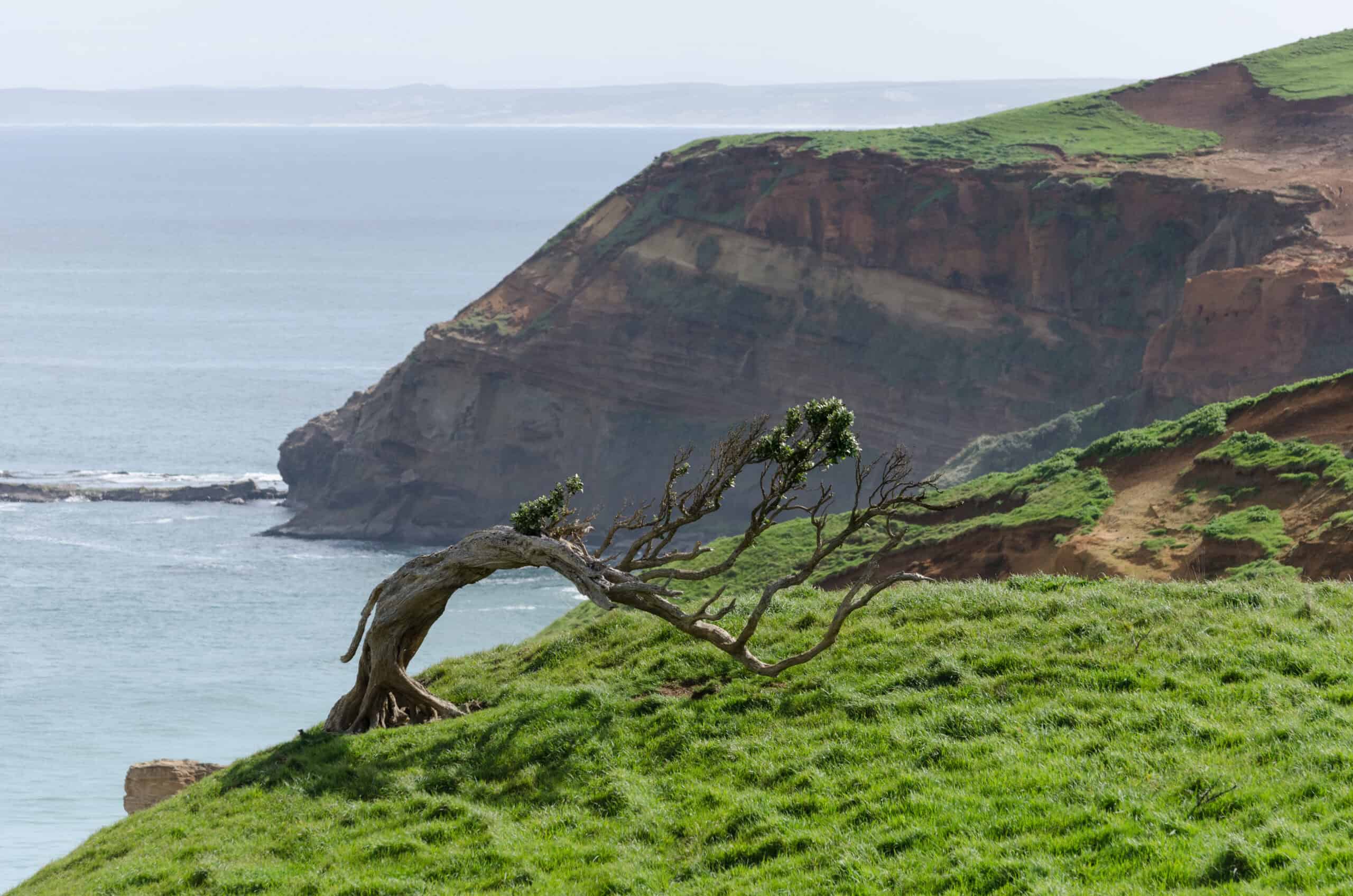
The Chatham Islands, part of New Zealand, are located 500 miles east of the South Island. They are known for their unique flora and fauna. Flights from Christchurch to the Chatham Islands cost around $600, with additional accommodation expenses. The islands’ rugged landscapes and rich cultural heritage offer a unique travel experience. Their remoteness ensures a tranquil environment.
Faroe Islands, North Atlantic Ocean
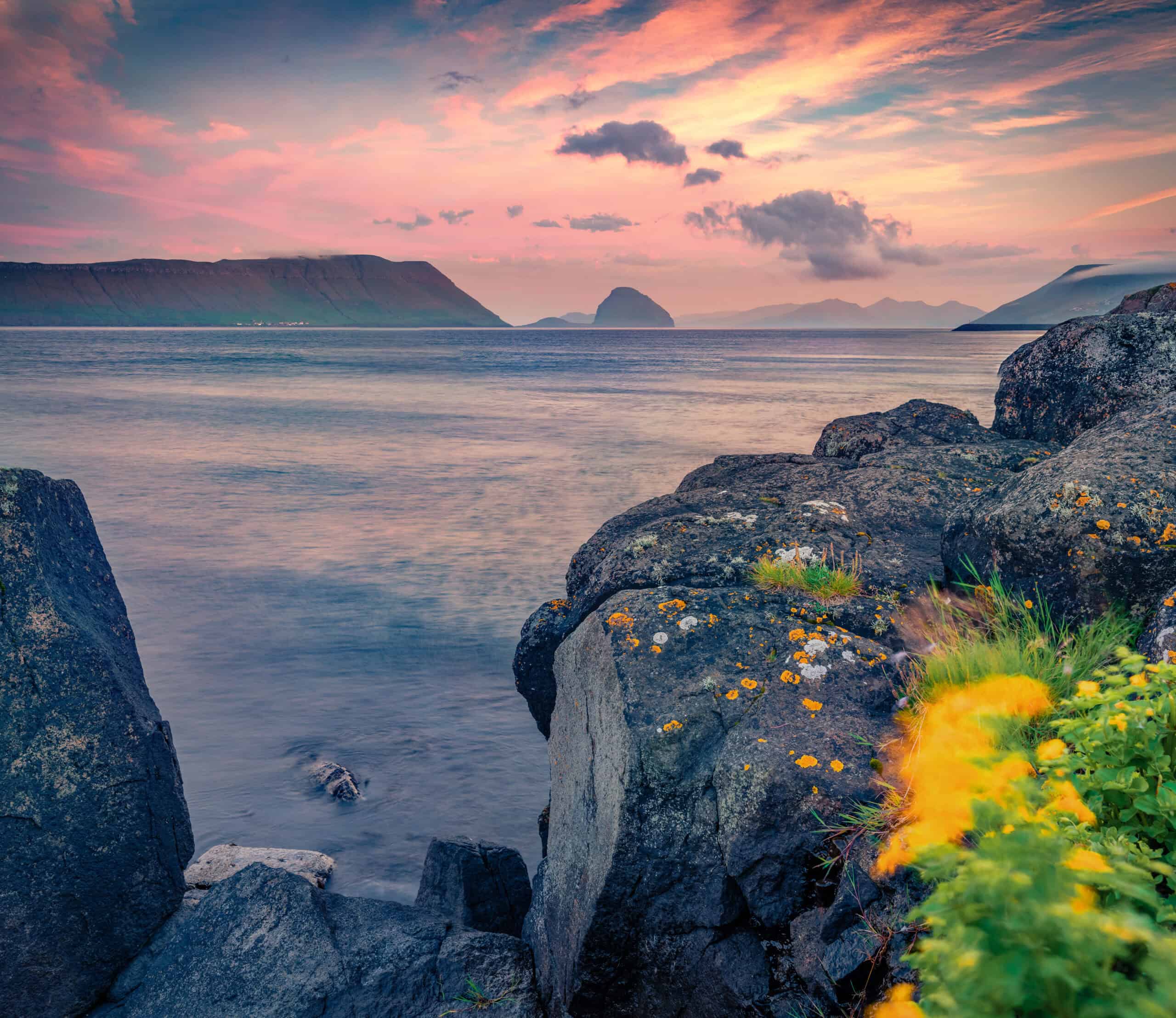
The Faroe Islands, an autonomous territory of Denmark, lie between Iceland and Norway. Known for their dramatic cliffs and seabird colonies, they offer stunning landscapes. Flights from Copenhagen to the Faroe Islands cost around $400, with additional accommodation expenses. The islands’ remote location ensures minimal tourist crowds. Their unique culture and natural beauty make them a fascinating destination.
Norfolk Island, Pacific Ocean
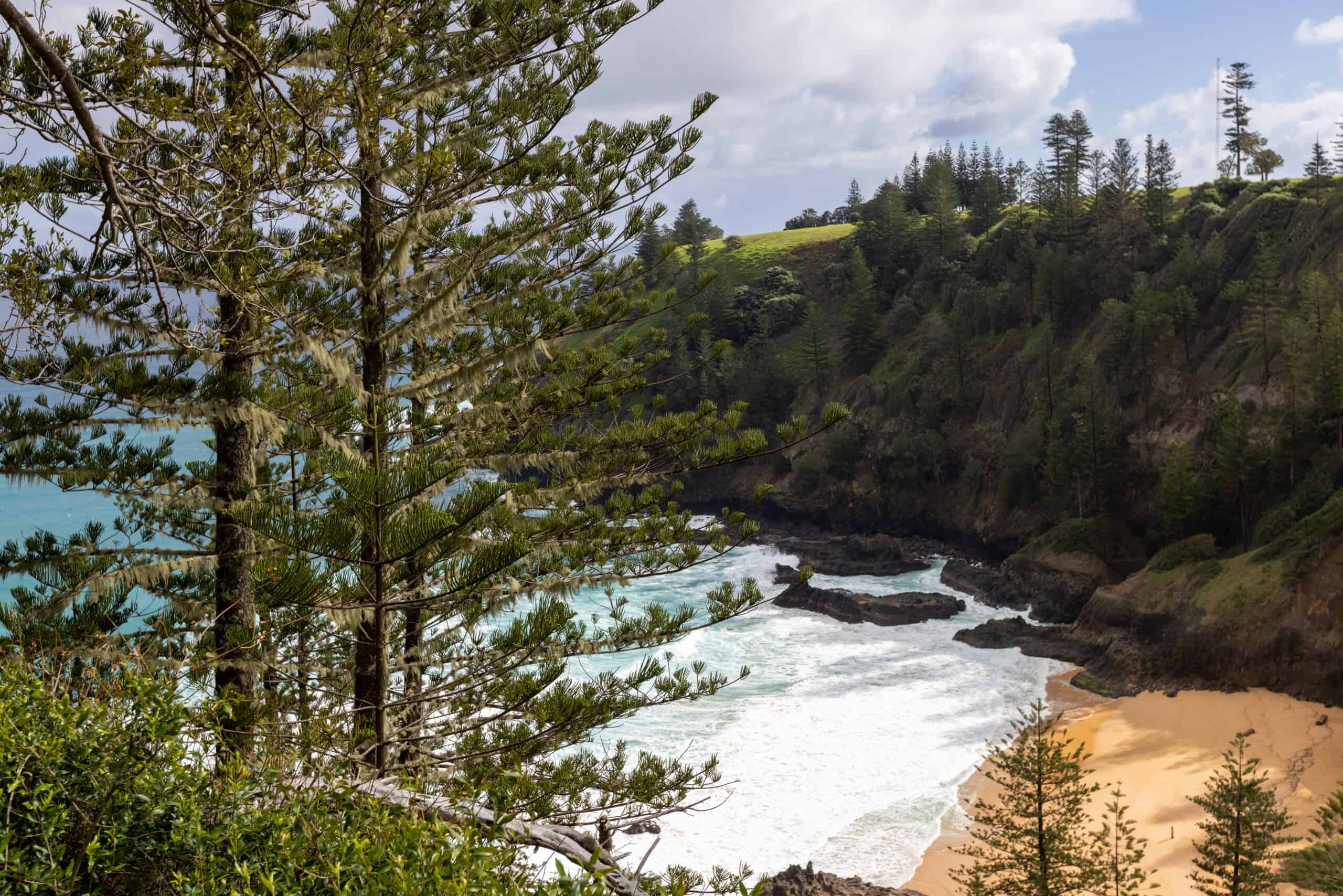
Norfolk Island, an Australian territory, lies 900 miles east of Australia. It is known for its pine trees and convict history. Flights from Sydney to Norfolk Island cost around $500, with additional expenses for accommodation. The island’s lush landscapes and historical sites offer a unique travel experience. Its remoteness ensures a peaceful environment.
This article originally appeared on Rarest.org.
More From Rarest.Org
Horse coat colors vary widely. This guide explores these beautiful coat colors in detail, ranking them from least to most rare. Each section provides insight into their characteristics, base coat color, skin color, and eye color. Read more.
Coral reefs are vital to marine ecosystems, providing habitat and protection for countless species. Some corals are incredibly rare and face numerous threats. Read more.
Disney collectibles are more than just souvenirs; they are cherished pieces of history that capture the magic and legacy of the beloved entertainment company. From rare posters and animation cels to iconic memorabilia and autographed items, these treasures offer a glimpse into the world of Disney. Read more.

